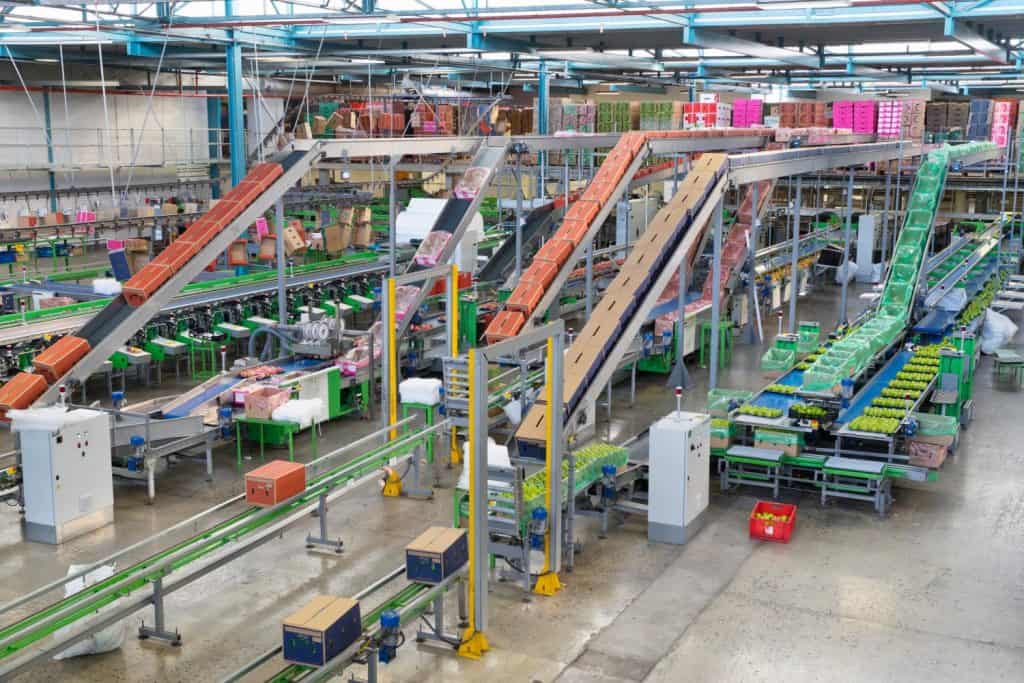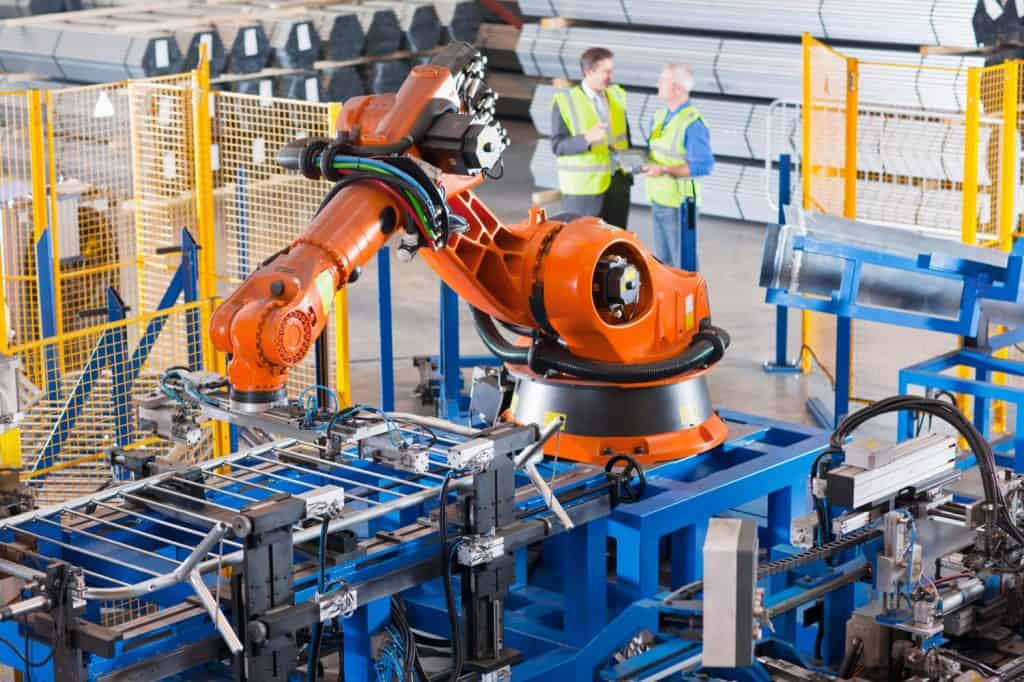
If you do a Google search on turnaround time, or TAT, you get many results that include other mentions of time such as; cycle time, process lead time, wait time, and Takt time.
In this article, we will define TAT and discuss its relationship with the other types of time. We will also present the benefits of reducing TAT and some best practices for measuring and improving it.
Overview: What Is TAT?

©Juice Flair/Shutterstock.com
One of the primary goals of Lean Six Sigma is to reduce TAT by removing the waste, or muda, from the process. TAT is most often defined as the time from when an item enters a process until the time it exits the process. This total time consists of:
- The actual processing or cycle time of each operation, plus
- Any waiting time while other items are being worked on, plus
- Any time spent on inspection or movement of the item
This turnaround time, also called process lead time (PLT), will be impacted by two conditions of the process. First is the number of other items, or WIP (work in process), in the process that has to be completed before the next job is started. Second is how fast items already in the process are being completed. This is referred to as the exit rate of the process and is linked to the cycle time. The process exit rate is controlled by the slowest cycle time. You can’t can’t be any faster than the slowest task.
How to Calculate TAT
Little’s Law shows the mathematical relationship between TAT, WIP, and exit rate:
TAT(PLT) = WIP/Exit Rate
Takt Time is the item cycle time your process must achieve to meet your customer demand. For example, if your customer needs 500 items produced per day, and you have 7 hours (420 minutes) of actual available production time (8 hours minus two 15-minute breaks and a 30-minute lunch equals 7 hours), then your Takt Time will be:
Demand/Available Time = 500/420
…or a rate of 1.19 units per minute. If you produce less than that, you will not meet your customer demand.
Let’s try tying this all together. TAT is the total time from when something enters a process until it exits a process. This overall time includes the processing time of each item plus any waiting time, inspection time, and transportation or movement. Reducing TAT should be your organization’s goal. This will be done by improving the cycle time of a task and the removal of any waste such as waiting, inspection, and transportation. (See the 8 Wastes of Lean for a further explanation.)
3 Benefits of Reducing TAT

©Cast Of Thousands/Shutterstock.com
Reducing TAT by improving your process will have both internal and customer benefits. Here are a few.
1. Reduction of WIP
If your customer items can move quicker through your process, there will be less WIP. That means less money tied up in in-process inventory and a reduction in the chances of something being misplaced or damaged.
2. Customers Will Get Their Product Quicker
Most customers would be happy to receive their orders faster. Having a faster TAT through the elimination of waste will increase your production capacity so you can produce more in the same amount of time.
3. Greater Predictability
If you can predict your TAT, you will be able to provide more accurate estimates of when a customer’s order will be done. Not only do you want to reduce your average TAT, but you also want to reduce the variation of your process TAT.
Why Is TAT Important to Understand?
Your TAT impacts your ability to provide your customers with their products when they want them. Understanding the interrelationship of all the various times we have discussed will allow you to make the necessary TAT improvements.
Impact Your Productivity and Capacity
Improving TAT will allow you to produce more in the same amount of time. By eliminating waste, your process is more productive.
Identify Possible Bottlenecks
You can’t produce any faster than the slowest step in your process. Reducing the cycle time for that task will reduce your overall TAT.
Improve Quality
Reducing TAT allows you to have more cycles of learning so your operators increase their skills and improve the functioning of the process.
An Industry Example of TAT

©Juice Flair/Shutterstock.com
ABC Manufacturing had an average turnaround time of 48 hours from when an order entered the process until it was complete and ready for shipment. ABC’s competitor, DEF, started offering their customers a 36-hour turnaround on orders. As a result, some ABC customers were switching to DEF. ABC’s plant manager sent a directive to improve TAT to 24 hours.
A team was formed to analyze all the steps in the process and eliminate all the waste and non-value-added work. They identified the bottleneck tasks and improved them. They analyzed all the steps, and after three weeks, they had reduced the turnaround time to 24-hour delivery. ABC customers were happy, and ABC was able to grab some of DEF’s customers as well.
3 Best Practices When Thinking About TAT
Consider these suggestions when thinking about turnaround time and how to reduce it.
1. Measurement System Analysis (MSA)
Be sure that you can accurately and precisely measure actual TAT so the times are meaningful.
2. Focus on the Bottleneck
Seeking to improve a non-bottleneck task will not reduce the overall TAT but will build up additional WIP in the preceding tasks.
3. Reduce WIP in the Process
Consider using techniques to reduce process WIP by better managing how items enter the process.
Other Useful Tools and Concepts
While we’re always short on time, I hope you’ll carve out a bit to focus on these handy concepts. If you’re looking to introduce rapid changes to your process improvement, you might want to integrate a Kaizen Blitz. Our tutorial covers the why and how of this powerful transformative approach.
Additionally, you might be struggling to meet customer expectations. Introducing Kano Analysis lets you keep your finger on the pulse of what your customers want.
Final Thoughts on TAT
Customers usually want their orders as fast as they can get them. Improving your turnaround time by eliminating waste and improving the time to perform each task will let you complete your customers’ orders faster. It will also reduce your WIP and increase your flexibility and capacity.